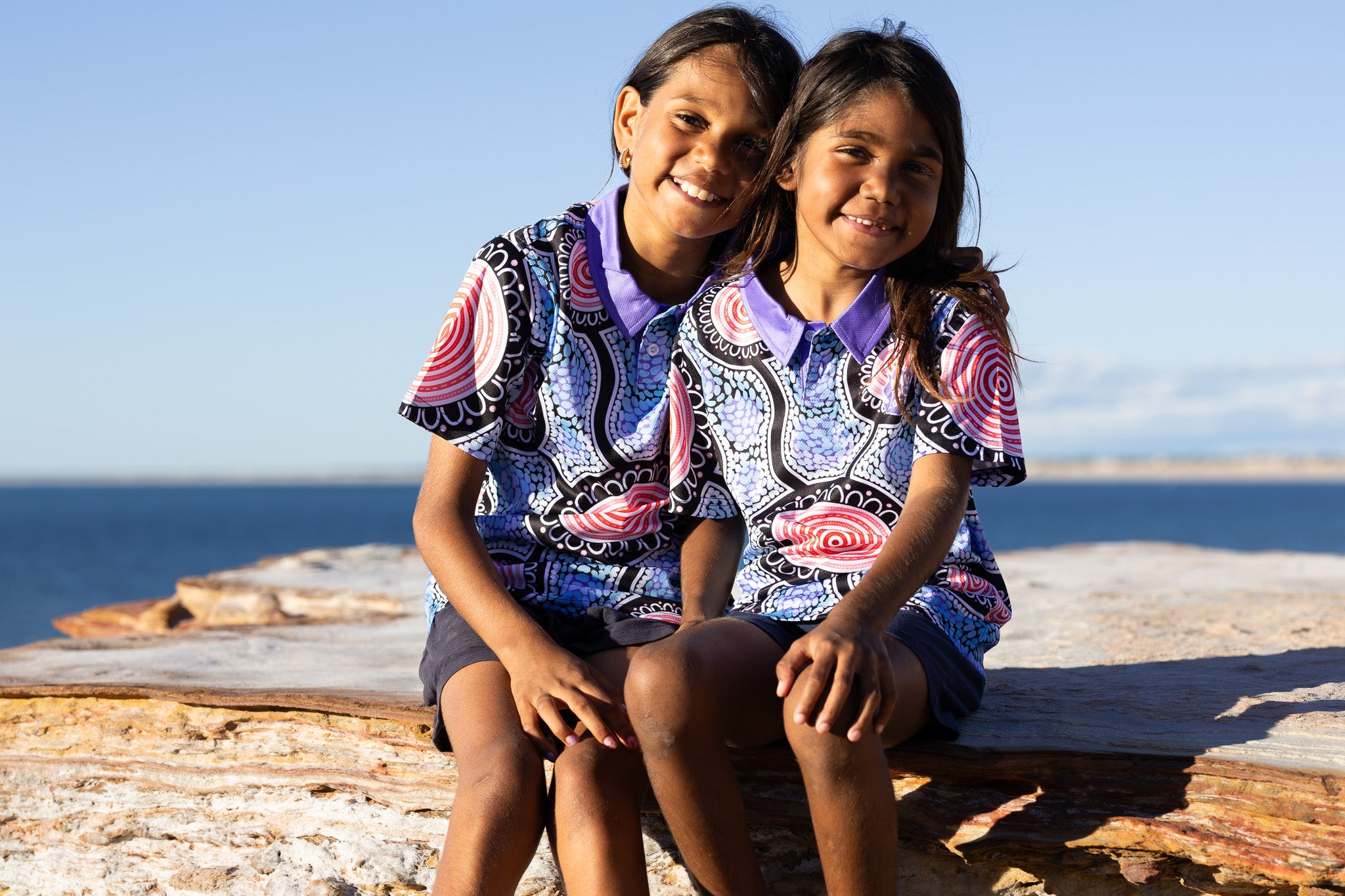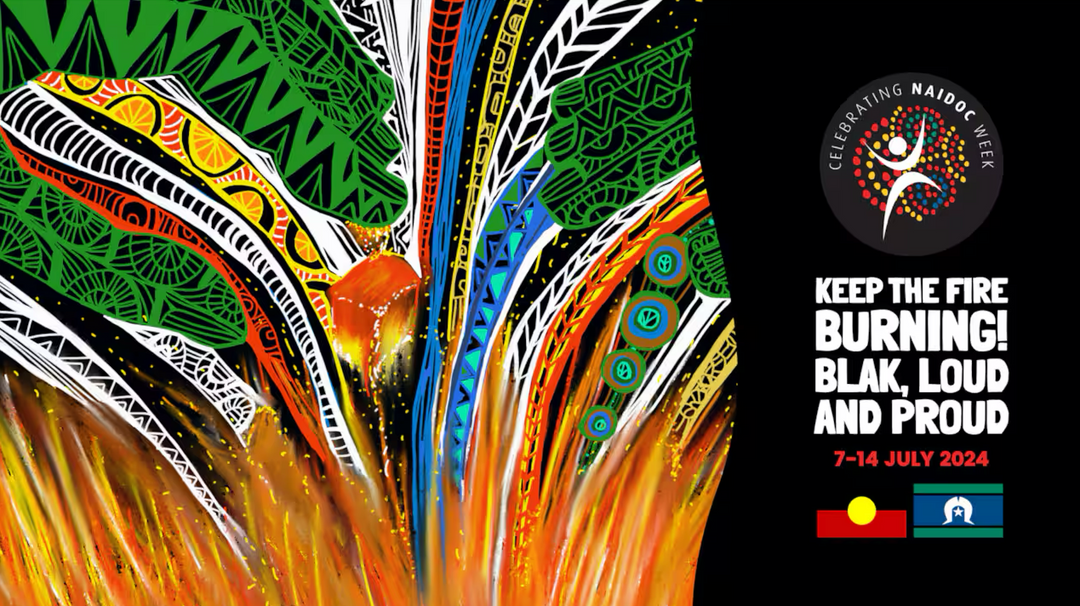Australia's linguistic landscape is as vast and diverse as the continent itself, with over 250 Indigenous languages, including around 800 dialects, each intricately tied to the land, culture, and identity of its people. However, this rich mosaic of languages, has faced significant challenges over time, like the impact of colonialism and government policies on language transmission.
Origins and Spread of Aboriginal Languages
Recent research suggests that most Indigenous languages in Australia likely originated from a remote spot in far north Queensland around 10,000 years ago. The Pama-Nyungan language family, which encompasses about 90% of the continent, is thought to have spread from an area near Burketown.This expansion is fascinating because it predates the introduction of agriculture to Australia, suggesting other factors, such as changes in ceremonies or marriage customs, might have facilitated this linguistic spread.
The Pama-Nyungan Language Family
The Pama-Nyungan languages represent the most extensive family of Australian Aboriginal languages, comprising around 306 of the 400 Aboriginal languages identified in Australia. This language family covers the majority of the Australian continent, accounting for about 90% of its area. The term "Pama-Nyungan" itself is derived from the names of two languages at opposite ends of the family's geographical spread: the Pama languages of northeast Australia and the Nyungan languages of southwest Australia, where the word for "man" is "pama" and "nyunga," respectively.
The origins and spread of the Pama-Nyungan languages are a subject of ongoing research and debate. Recent studies, including computational phylogenetics, suggest that the Proto-Pama-Nyungan language, which is the common ancestor of these languages, might have been spoken as recently as about 5,000 years ago. This is significantly more recent than the estimated 40,000 to 60,000 years that Indigenous Australians have inhabited the continent. The spread of Pama-Nyungan languages across the continent is not fully understood, but it is believed to have involved the transfer of language alongside culture and ritual from one group to another, rather than through the displacement of populations.
Language Diversity and Endangerment
Despite the dominance of the Pama-Nyungan family, the linguistic diversity within Australia is remarkable. Before European settlement, there were over 250 distinct languages, corresponding to the many First Nations Peoples. However, the arrival of colonisers and the subsequent disruption of Indigenous societies led to a rapid decline in the number of languages actively spoken. Today, fewer than 150 Aboriginal languages are used daily, and most of these are considered endangered.
Indigenous Language and Cultural Identity
Language is deeply intertwined with cultural identity among Aboriginal Australians. It carries the lore, stories, and the knowledge of Elders and anscestors, providing a link to the past and guidance for the future. In places like Arnhem Land and the Torres Strait, languages serve as a testament to the rich cultural heritage and the resilience of Indigenous communities in preserving their unique identity amidst changing times.
Efforts to Revive and Preserve
Recognising the critical state of many Indigenous languages, there has been a concerted effort to revive and preserve these linguistic treasures. From the use of bilingual education in remote communities to the establishment of Indigenous language centres, there is a growing movement to reclaim and strengthen linguistic heritage. These initiatives not only aim to recover languages that have been silenced but also to ensure that they continue to thrive for generations to come.
In conclusion, the evolution of Aboriginal Australian languages is a story of both loss and resilience. It highlights the importance of language as a vessel for cultural identity, knowledge, and continuity. As efforts to revive and preserve these languages gain momentum, there is hope that this vital aspect of Australia's cultural heritage will not only survive but flourish.









